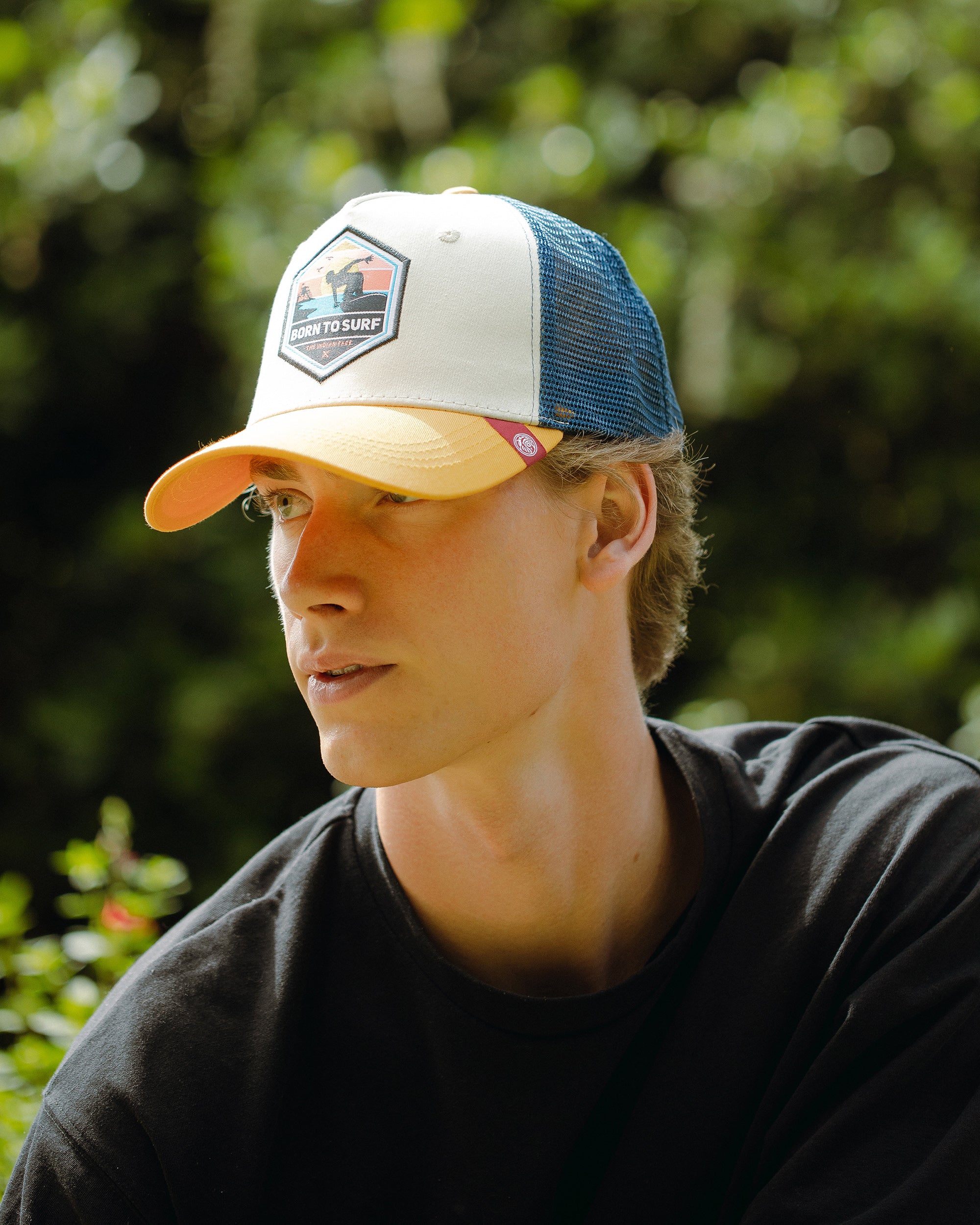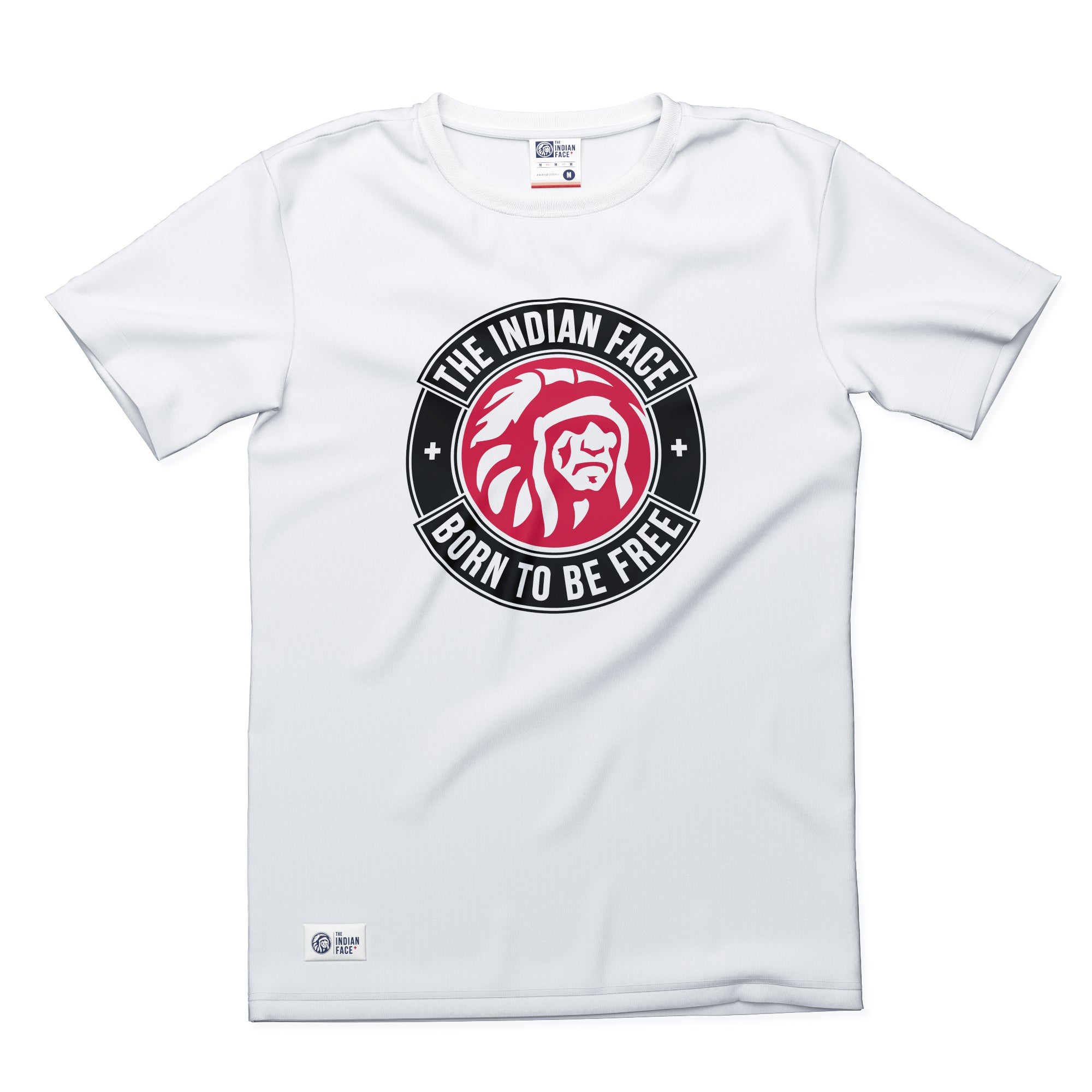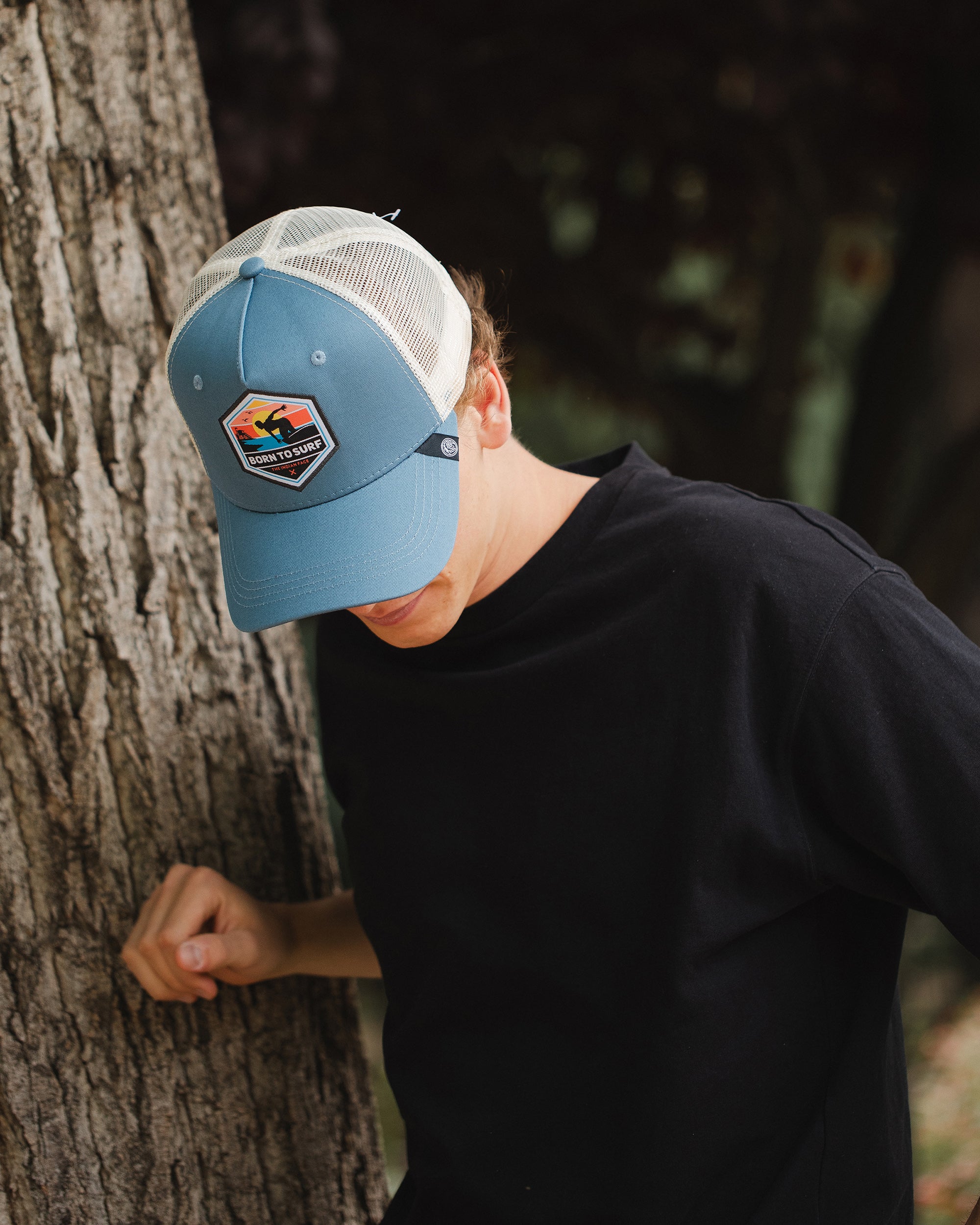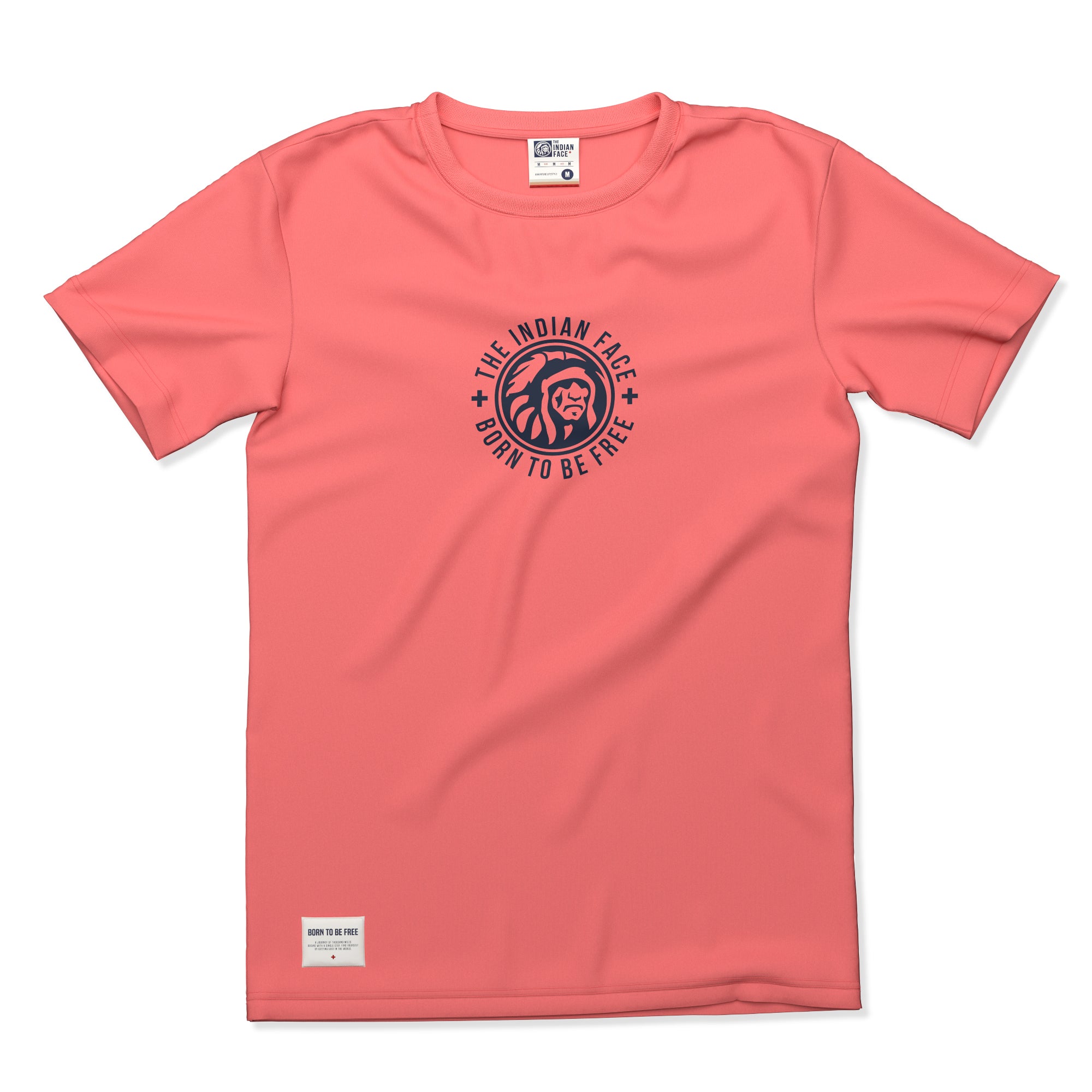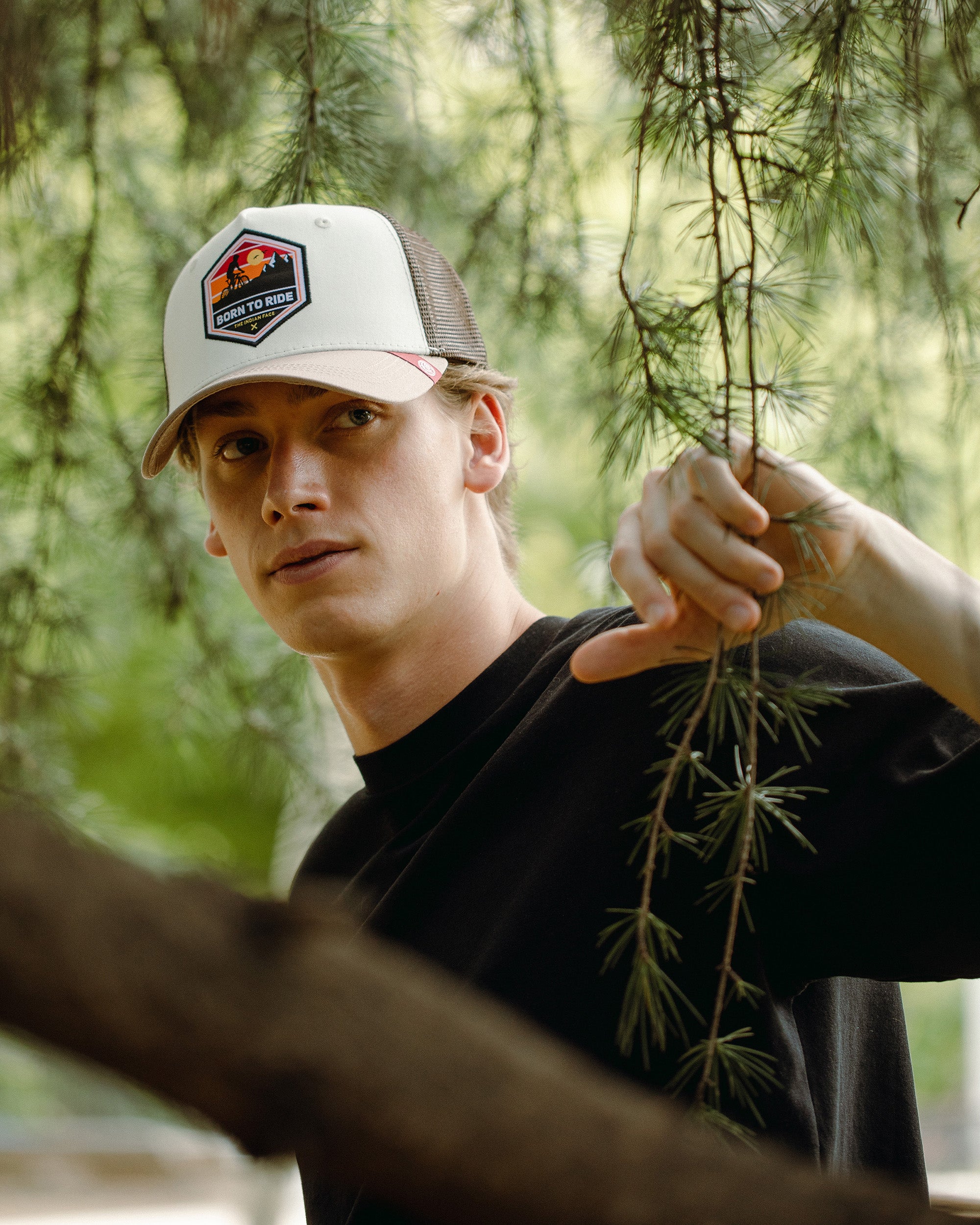In
When man discovered that he could stand on water by leaning on some kind of board, he began to “ride the waves.”
Something very curious is that surfing did not start as a recreational and/or sporting activity. There are some testimonies about indigenous people from Peru who fished in a boat called “caballito de totora” that allowed them to stay upright while fishing, then we find references in Hawaii where the inhabitants had perfected a kind of board and anxiously awaited the waves to slide on them.
The history, origin and evolution of the origins of surfing They have very interesting characteristics that will awaken your interest in this sport, which is why we are motivated to describe them below.

SURFING IS A VERY OLD SPORT…
Surfing has been known to exist in the Polynesian Islands for over 500 years. The English explorer James Cook arrived in Hawaii in 1778. With the contact of European colonizers, the native cultures were repressed and surfing began to lose popularity. James Cook was later murdered by the natives. In the 20th century, surfing recovered, and with the interest of American tourists and military in Hawaii, and the fame of the Hawaiian Olympian Duke Kahanamoku, surfing began to become popular on the coasts of California and Australia, later spreading to other countries.
This was in the 50s and 60s. At that time, boards were large objects made of solid wood and surfing was a simple practice. Later, it became more complex thanks to the audacity of pioneers such as Oscar Rodriguez, the patriarch of modern big wave surfing. There was also an evolution in acrobatics and movements, to the extent that research into new board designs and materials allowed for other expressions.
Surfing was already known in many countries on different continents in the 1960s. Today, surfing is practiced almost everywhere in the world, although the most buoyant surfboard and accessory industries are based in Australia, Southern Europe and the United States. Surfing is also a thriving sport in Latin America. Some areas of Chile such as Pichilemu (Punta de Lobos) and Iquique, as well as in Peru, are ideal for this sport.
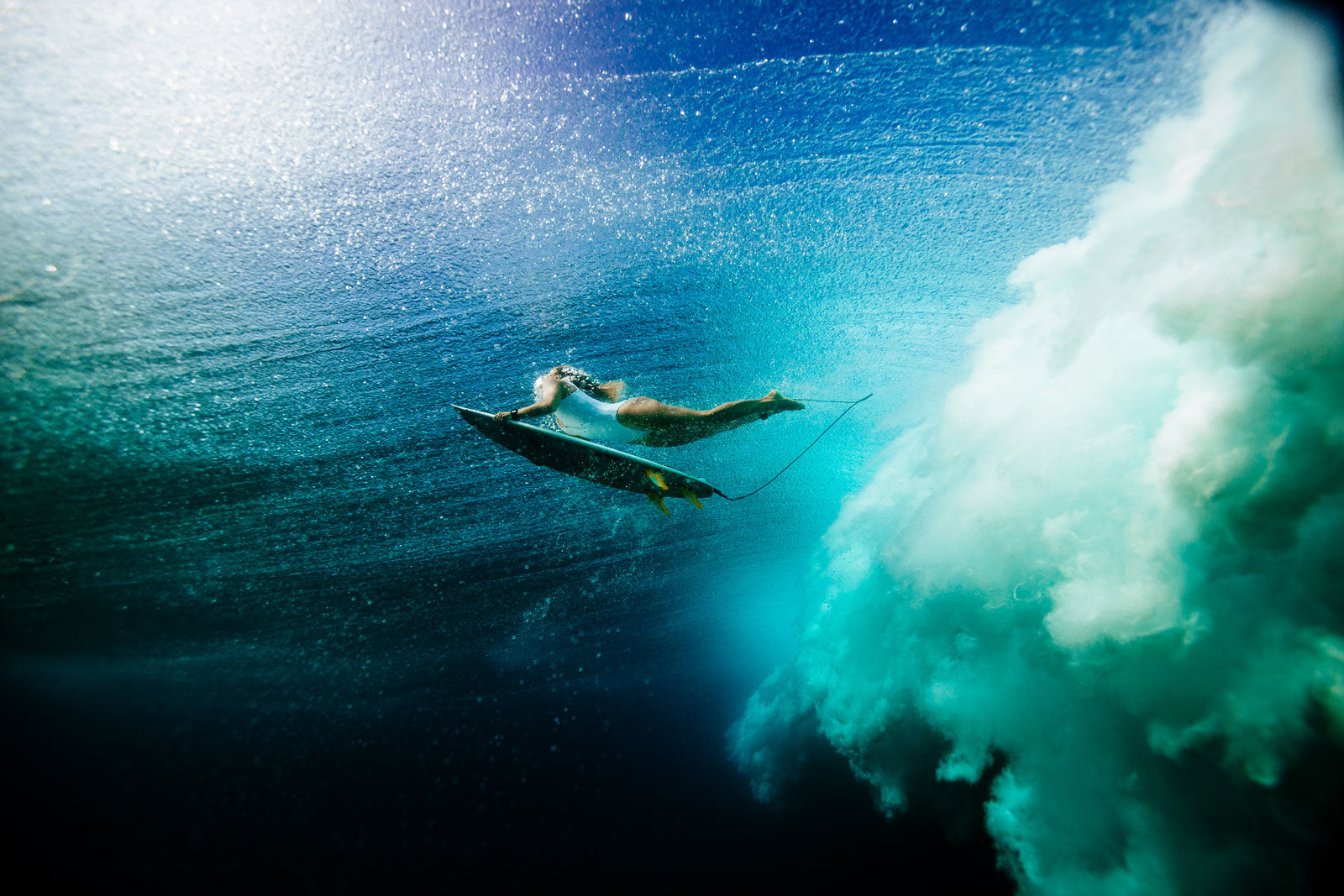
TYPES AND STYLES OF TABLES
There are numerous varieties of boards depending on the style of surfing and waves, and the constitution of the athlete.
Originally, the boards were usually made of solid wood and were between 1.20 and 4 metres long, depending on the island. Nowadays, the boards are made of industrial materials, fibreglass and polyurethane foam, lighter and with more hydrodynamic designs, based on the experiences of a surfer who was an aeronautical engineer and former NASA employee.
They are made in different sizes, which can vary from traditional styles to 5-foot-long boards.

Today's boards are mainly a response to the evolution of the Australian style of surfing, with fast and powerful movements. The most commonly used design is the "3-fin thruster". The star base model of competitive surfing designed by Simon Anderson, which is usually manufactured in sizes between 5 and 8 feet in length, depending on the build and height of the surfer or the size and behaviour of the waves he is going to surf.
The boards are mainly made by hand, because it is a work of wisdom of movement that can be customized for each surfer. However, in recent years, mass-produced boards have begun to appear, made of epoxy materials that are more durable than the fiberglass used years ago.
Surfboards can be grouped as follows:
- Shortboards: Generally measuring between 5-7 feet.
- Longboards (Malibu): Board from 8 to 12 feet.
- Funboard – hybrid: 7 – 9 foot board.
SURFING VARIANTS AND TECHNIQUES WITH A BOARD
Within “board” surfing, or surfing itself, there are two basic categories depending on the size and type of board:
- Shortboard, or short board surfing (between 1.50 and 2.10 meters)
- Longboard, with boards equal to or greater than 2.75 m in length. This is the classic style of surfing (practiced in the 50s and 60s) and it is the one that gave rise to today's longboards.
Categories are also defined in terms of wave type:
- Surfing is a generic term for the widest range of styles and competitions.
- Big wave surfing is when the surfer practices especially and/or repeatedly on waves over 2 meters high (the wave is measured by the size of the tube, not by the size of the wave wall).

LEARN THE BASIC MOVEMENTS OF SURFING
There are a series of basic movements in surfing, which are the following:
- Take Off: This is the first manoeuvre that surfers do. The moment when they stop paddling lying on the board and move to an upright position, ready to ride the wave. They take off on the wave, more because of its power than because of the wind.
- Bottom Turn: As the name suggests (in English, 'bottom' = down, 'turn' = turn), this maneuver consists of the first turn after the "take off". Once we gain momentum on the downhill of the wave, it is necessary to turn to escape from the part of the wave that is breaking. At the bottom of the wave, its force stops propelling us and it is necessary to maneuver with the inertia of the downhill to be able to get back up. If we don't do this, we would head straight to the shore, we would not be able to ride the wall of the wave, and the foam of the breaking wave would quickly reach us. It is the opposite of the Cut Back.
- Cut Back: Once we have slid down the wall of the wave escaping from the breaker, we make a turn of almost 180º to get closer to it again.
- Reentry: It consists of climbing up to the crest of the wave and making a sharp 180-degree turn, then coming back down.
- Floater: It consists of sailing on the foam of a breaking wave.
- Tube: It consists of sliding down the tube created by the breaking wave. This is considered the most important maneuver in surfing due to its difficulty and spectacular nature. It is the perfect wave that every surfer dreams of.
- Air (or Air): This is the name given to any manoeuvre that involves taking off from the water and is therefore done in the air. There are different aerials that are distinguished by the “grabs” (ways of holding the board with your hands in the air - from the front, from behind, with both hands at the same time) or the movement that the surfer makes in the air (one of the most spectacular is the “Aerial-360” in which the surfer makes a 360-degree rotation in the air).
- “360”: It starts as a Reentry, but continues turning in the same direction 360 degrees.
- “Snap”: It is a kind of Cut-back performed more abruptly and with a smaller radius in the turn.
LET'S TALK ABOUT WAVES
The difficulty of this sport lies in the speed, size and shape of the waves. The waves suitable for surfing are those that evolve and break, developing the wall and foam progressively to the right or left.

To identify the conditions suitable for surfing, the description of various elements or parts of the wave is used:
- Wall: It is the part of the wave that, when rising, carries a surface of water over the horizontal line at various angles or even vertically. It is the part of the wave on which the surfer rides.
- Lip: It is the part of the wall and foam that falls immediately on the beginning section of the wall and the section on which it ends.
- Shoulder: It is the volume of water that has a wall, that is, the length of the surfable part of the wave.
- Gap: Parts of the wall and arm that take on a concave appearance, allowing great speed to be projected onto the surfer's body when the board passes over them.
- Tube: Space of the hollow that is covered by the fall of a lip in a curly motion as a consequence of the advance and breaking of the wave.
- Crest: Top of the wave.

Several types of waves are named according to their shape:
- Shoreline: It breaks very close to the shore and is dangerous due to collisions with the bottom.
- Hollow:It is the adjective given to waves whose shape rises creating a cylindrical section, where the configuration of force vectors allows for more energetic navigation on the board.
- Pipe: A hollow wave that breaks by curling over itself in such a way that it defines a complete cylindrical space, within which one can continue to control navigation on the board under the lip of water that falls from the upper part of the wave wall.
- Fofa: In Spain, this is the name given to waves that do not break hollowly, or those that are almost all foam.
- Bar:A wave that breaks with long portions of the lip falling at the same time, closing the wall abruptly, making them waves not suitable for surfing.
They are classified according to their size (in mainstream surfing):
- Waves less than 1.50m/2m in wall height are considered small, “comfortable” waves, that is, of common height.
- Waves up to 2 metres are considered medium or “normal”.
- A wall of 2 meters or more is considered big wave surfing. Then the adjectives of proportion define a different scale, whose highest levels have been exceeded by several dozen feet. In recent years, we have been talking about giant wave surfing (See The Billabong XXL).
The size of waves in surfing is measured depending on the culture where we are:
- From behind, in the classic Hawaiian style as done in the Canary Islands.
- From the front: from sea level to the highest point of the crest, as is usually done in the rest of Spain.
- Comparing it with the parts of the human body (shoulder wave, waist wave, man and a half wave).On the northern coast of the Iberian Peninsula, the word “meter” is often used for a measurement similar to that of an upright, hunched man, that is, the average height of a surfer in action on the wave.
The behavior of waves varies greatly depending on the bottom on which they break:
- On the sand: They are usually less violent waves, since the shapes of the sand banks or taros are usually not very pronounced, constantly shaped by the action of the tides, currents and waves; consequently, they offer less resistance to the waves and the waves. Sand banks are not completely stable and the sand waves in some places are not the same every year.
- Rock reefs (rock waves): They are the most stable, when the sea conditions bring good waves, along with the coral ones.
- Coral reefs: They are known to be the best waves, as the constant action of the hard sponge animals and corals that live under these breakers shapes an obstacle that adapts almost magically to the movement of the wave. They are usually hollow and strong, highly appreciated for surfing.
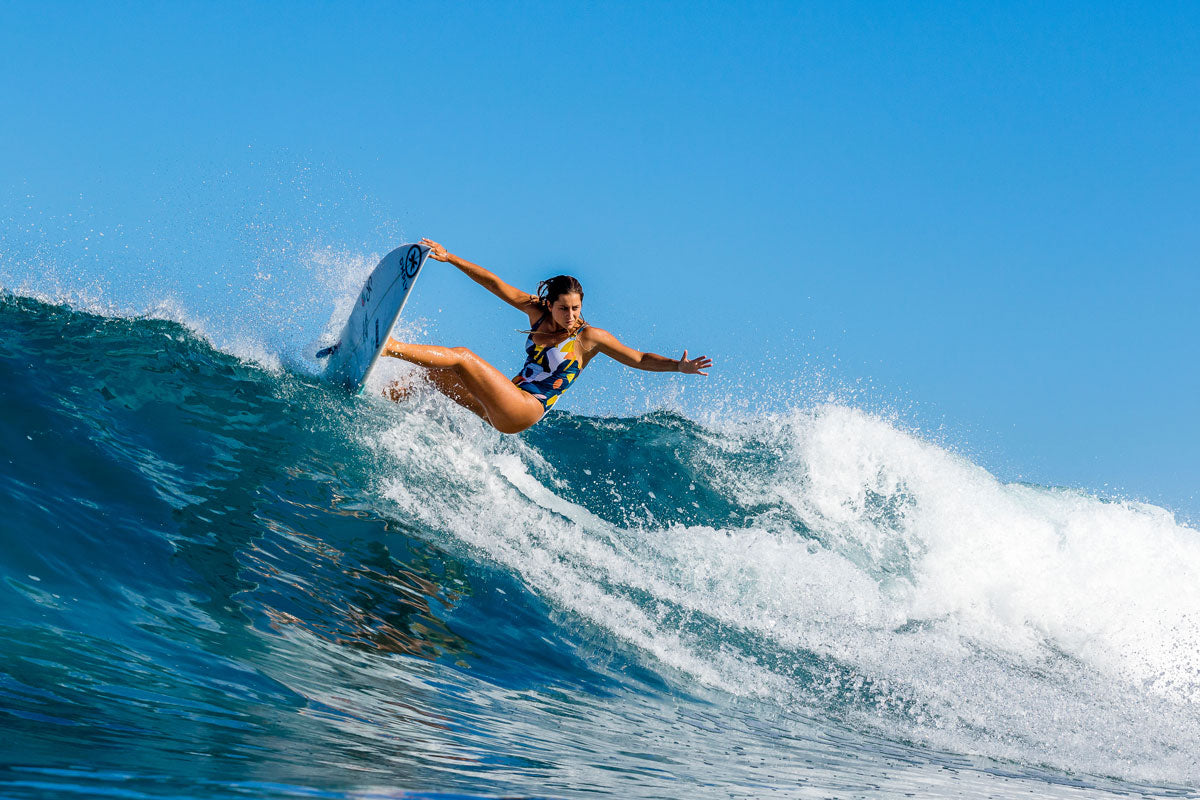
The suitability of one fund or another depends on each location:
- Due to the type of tides, currents and waves it receives.
- By depth: Coral and rock reefs are the most dangerous.
- On sandbanks, due to the type of coastal orography, the proximity of rocks that favour or do not favour the formation of banks, the presence in the bay, the currents, etc.
- Due to the proximity of the reef to the shore or the cliffs of the coast.
If you liked this article about the history and interesting facts about surfing, comment below about your best experience and share it. Don't forget to follow us on our social networks as @
Don't miss the best waves of our new ambassador Lucía Martiño, a true surfing expert!






